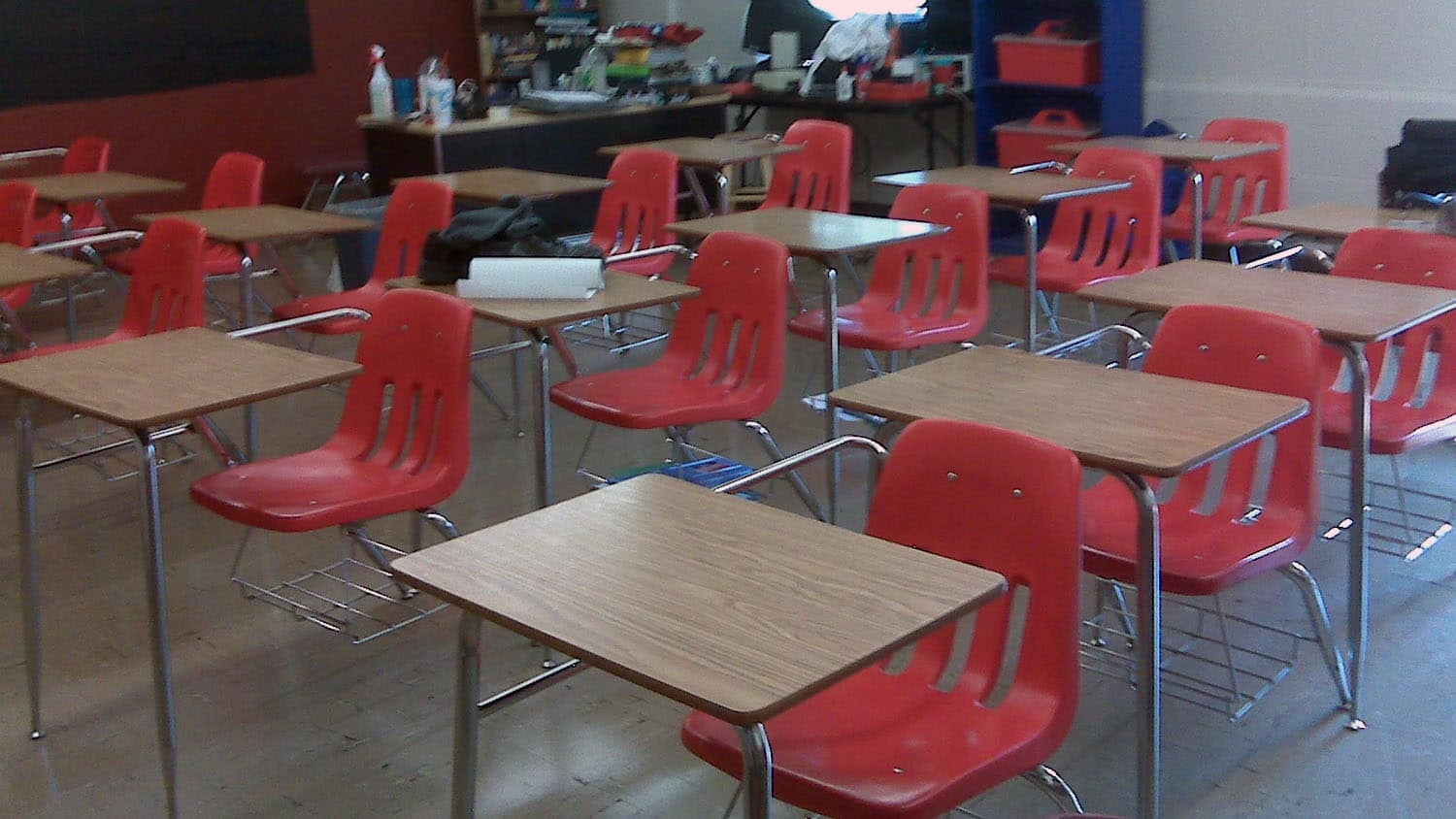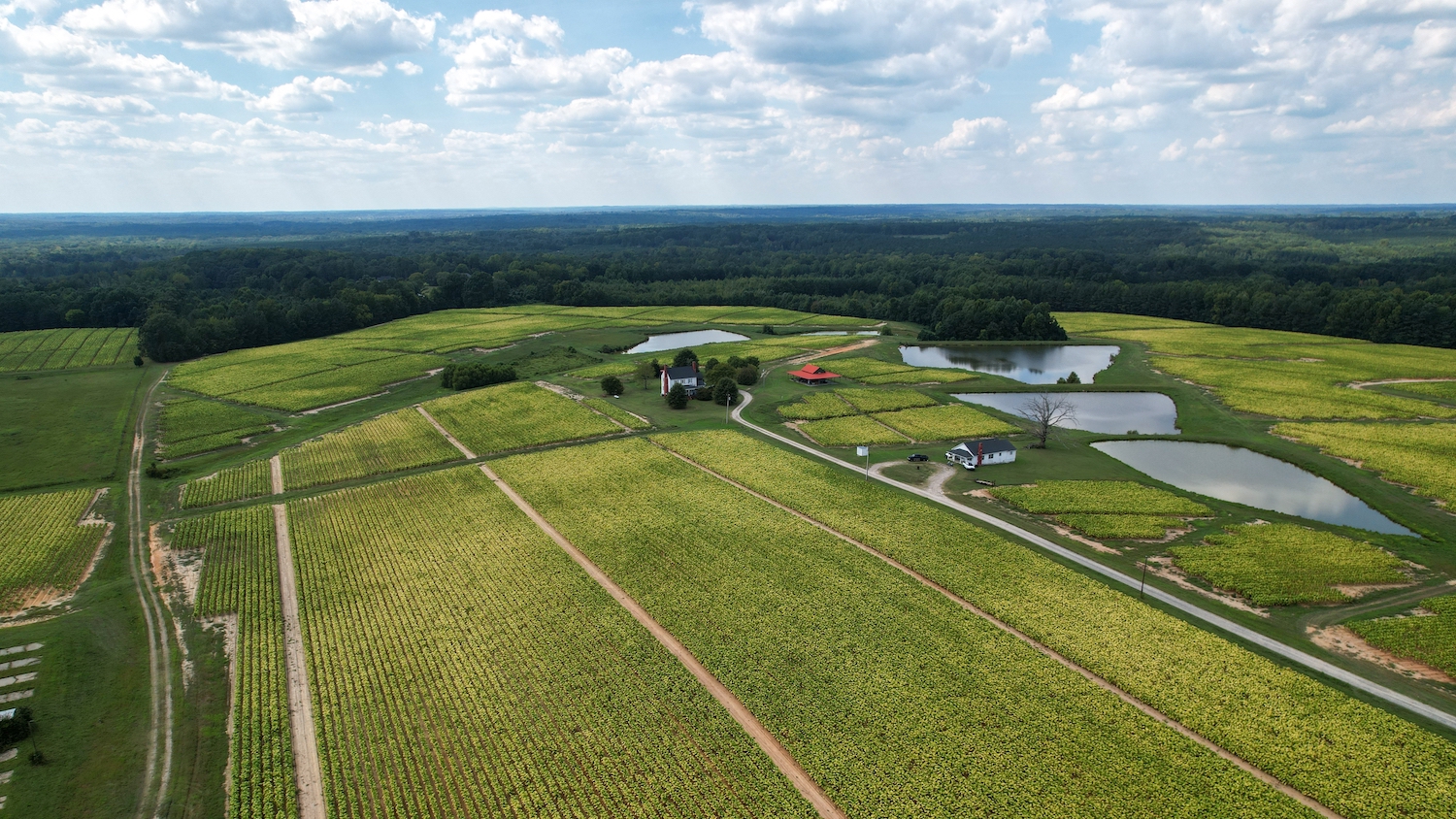Which Students Fare Worst When Natural Disasters Close Schools?

Researchers have examined the impact of school closures due to natural disasters and found that these closures have similar impacts on student performance across economic groups. The researchers find white students and high-performing students are least affected, but nearly every group of students sees test scores decline.
The topic is of particular interest following Hurricane Helene, which caused students in parts of western North Carolina to miss weeks of school. Schools in Asheville, N.C., re-opened on Oct. 28.
“Schools can be closed due to a variety of natural disasters, from wildfires to hurricanes, and research suggests that the frequency of these disasters is only going to increase due to global climate change,” says Melinda Morrill, corresponding author of the study and Jenkins Family Distinguished Professor of Economics in North Carolina State University’s Poole College of Management. “As a result, it’s important for us to not only understand the extent to which these closures affect student learning, but whether certain groups of students are more affected than others. That latter question is what we focused on with this work.”
For this study – which was published in 2023 in the Economics of Education Review – the researchers drew on North Carolina elementary and middle school student data for the academic years of 2015-16 through 2018-19. The 2018-19 school year is of particular interest because in 2018, Hurricane Florence caused widespread damage across central and eastern North Carolina. This damage led to schools being closed for between 0.5 and 26.5 days, depending on the extent of damage in each school’s area. The researchers were focused on understanding the effect of hurricane-related school closures. In order to do so, the researchers drew on data from the three preceding years and used modeling tools to account for variables across schools.
The student data available to the researchers included end-of-year testing scores which are designed to measure student performance, as well as demographic and economic information.
“We found that almost all students were adversely affected by the hurricane-related closures,” Morrill says. “The only group that did not see a drop-off in performance were the ‘high performers,’ which we defined as the students who had scored in the top 20% of their class on the year-end tests in the previous year.
“We also found that white students were affected by the closures, but less so than other racial and ethnic groups.”
The group that saw the steepest decline in math performance was fairly broad, consisting of “middle performers” – the students who had scored between 20% and 80% in their class on the year-end tests in the previous year. The steepest decline in reading performance was among kids who had scored between 20% and 40% the previous year.
“While these effects were similar for middle and elementary school students, the effects were slightly larger for middle school students than for elementary school students – which we found somewhat surprising,” Morrill says.
“Student learning is clearly affected by disaster-related closures,” Morrill says. “And we will be seeing more of these closures in the future. If there is a call to action here, it is for research to explore strategies for remediating these learning losses that help all students to succeed – particularly in areas that are experiencing repeated closures related to natural disasters.”
The paper, “Heterogeneity in the Educational Impacts of Natural Disasters: Evidence from Hurricane Florence,” was published in the journal Economics of Education Review in March 2023. The paper was co-authored by John Westall, a former Ph.D. student at NC State University who now works for Abt Global.
-shipman-
This post was originally published in NC State News.


